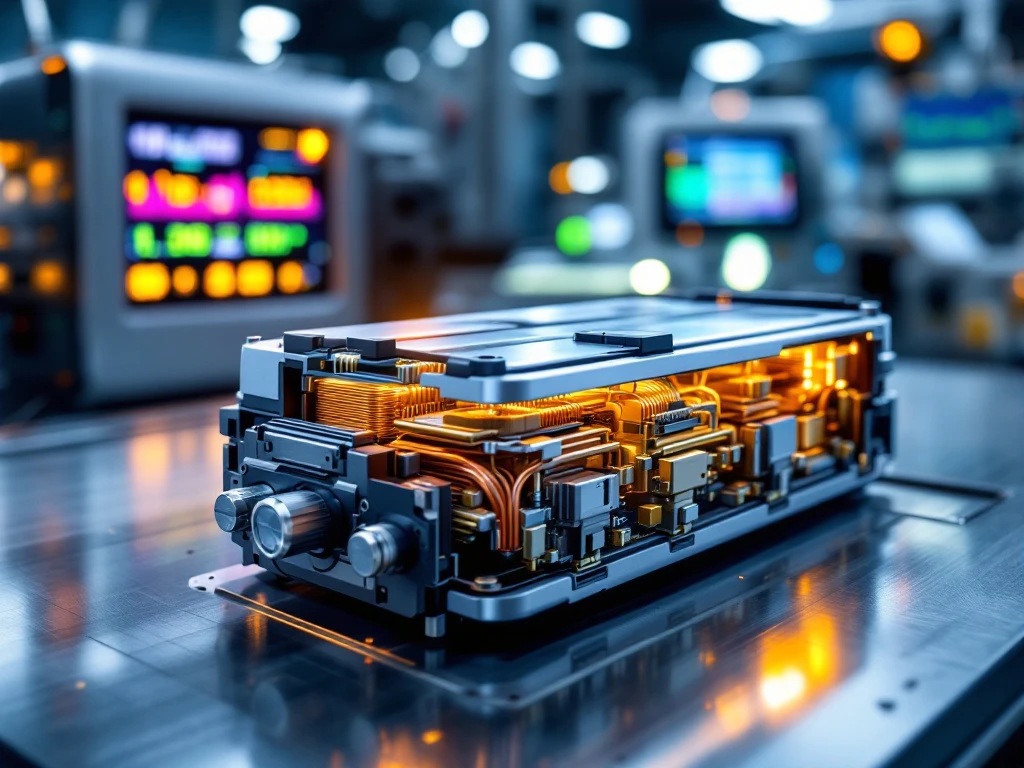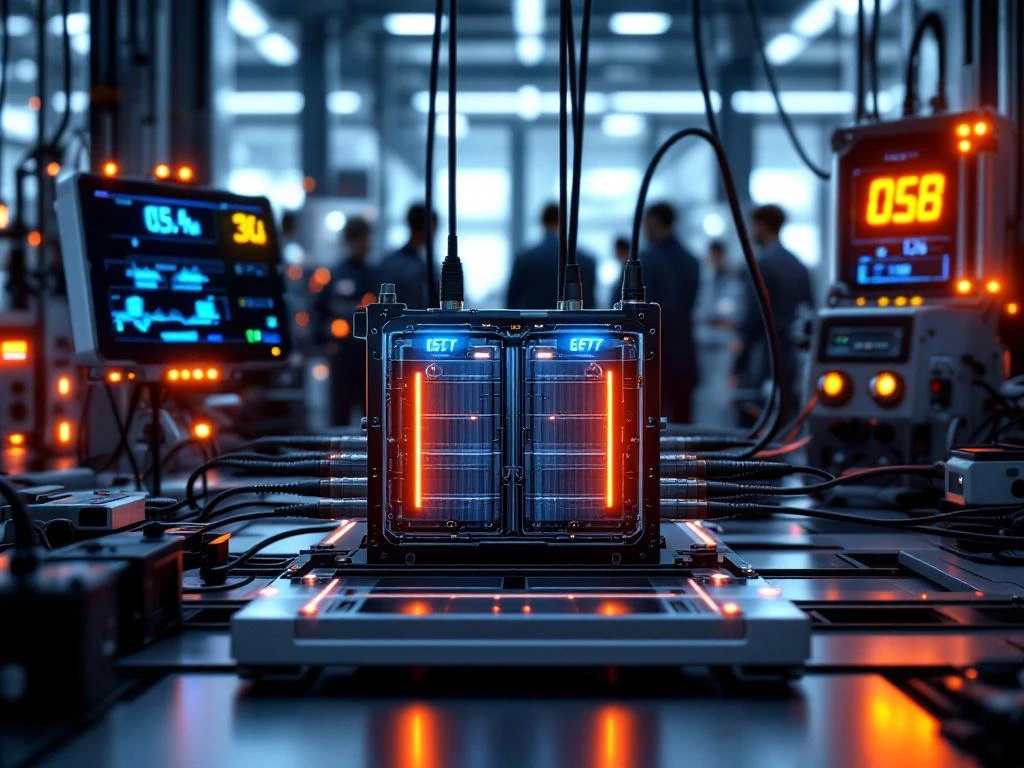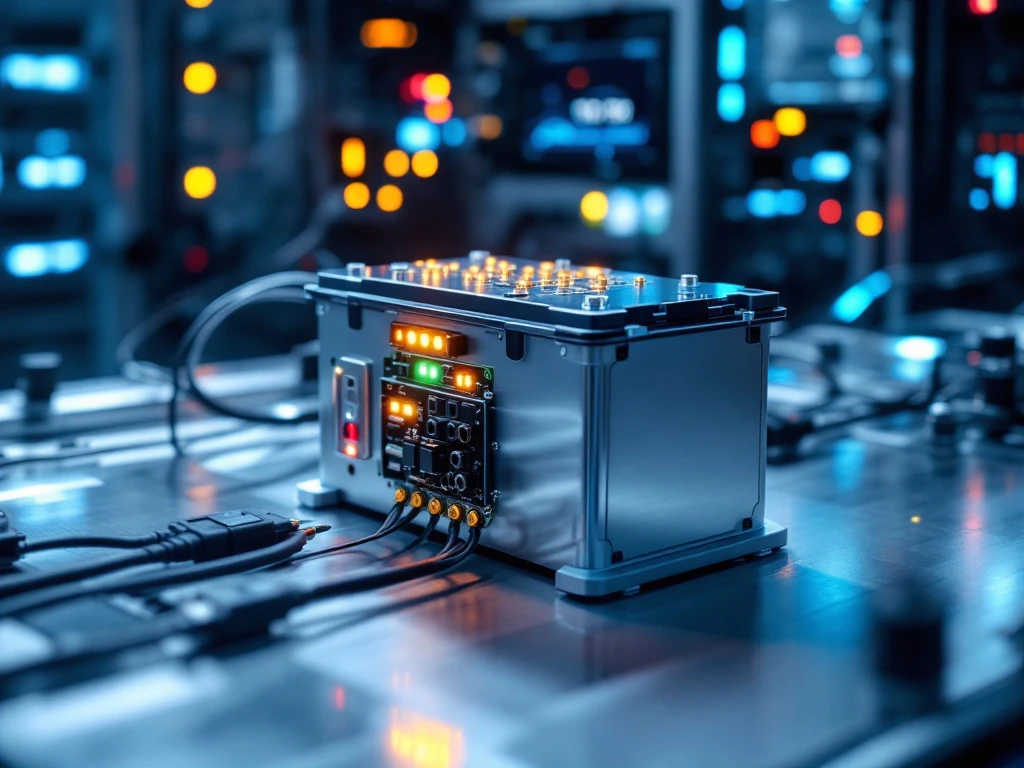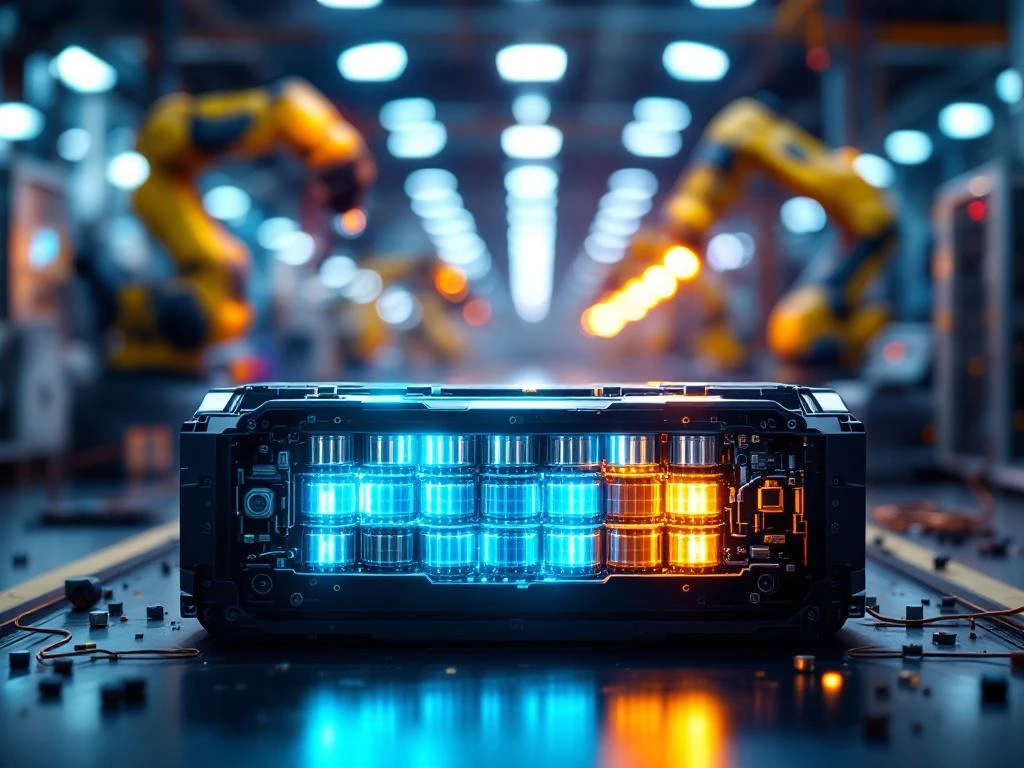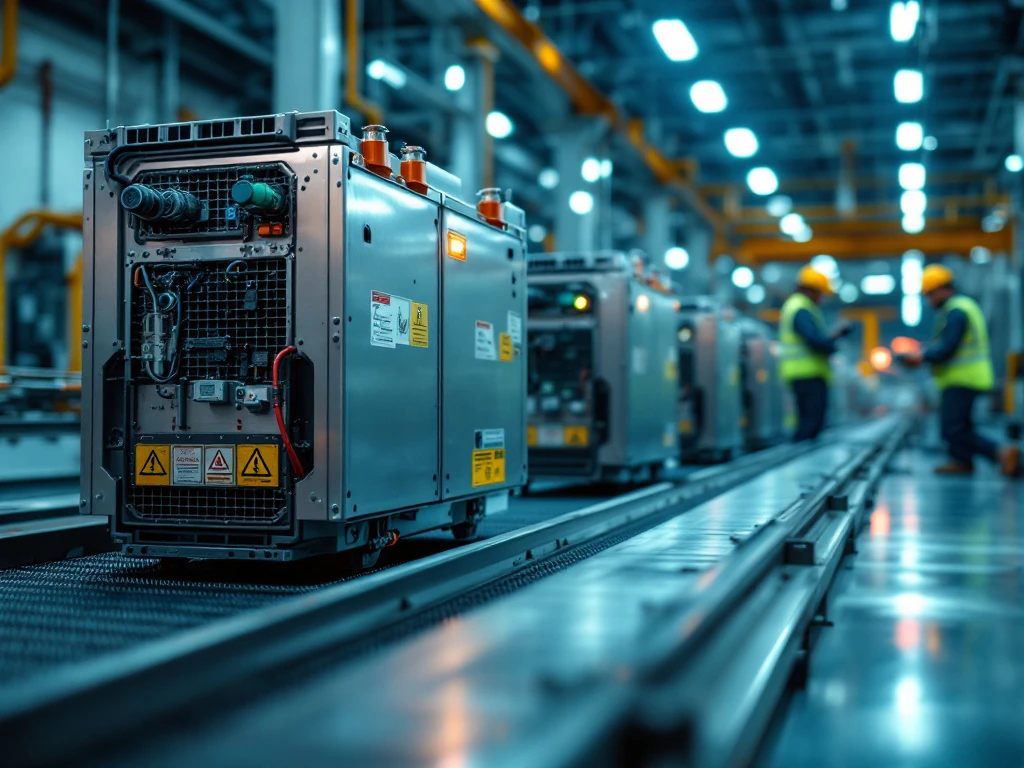Choosing between custom and standard EV batteries depends on your specific application requirements, budget, and performance needs. Custom battery systems offer tailored solutions for unique specifications, while standard options provide cost-effective alternatives for common applications. The decision impacts integration complexity, performance capabilities, and long-term operational costs. Understanding these differences helps you make the right choice for your electric vehicle project.
What makes custom EV batteries different from standard options?
Custom EV batteries are engineered specifically for your application’s unique requirements, while standard batteries follow predetermined specifications designed for general use. Custom systems offer complete design flexibility in size, shape, voltage, capacity, and thermal management to perfectly fit your vehicle or equipment.
The most significant difference lies in integration capabilities. Custom battery systems can be designed to work seamlessly with your existing vehicle architecture, matching specific mounting points, cooling systems, and electrical interfaces. This eliminates the compromises often required when adapting standard solutions to unique applications.
Performance characteristics also vary dramatically between approaches. Custom systems can be optimised for specific operating conditions, such as extreme temperatures, high discharge rates, or unusual duty cycles. Standard batteries typically target average performance across multiple applications, which may not meet specialised requirements.
Modular energy storage systems represent another key differentiator. Custom solutions can incorporate modular designs that allow for easy maintenance, scaling, or configuration changes. You can explore more about advanced battery module technologies that enable flexible system architectures.
Custom batteries also provide greater control over safety features, monitoring systems, and communication protocols. This becomes particularly important for applications requiring specific certifications or operating in regulated environments where standard solutions may not meet compliance requirements.
How do costs compare between custom and standard battery systems?
Custom battery systems typically require higher upfront investment than standard solutions due to engineering development, tooling, and lower production volumes. However, the total cost of ownership often favours custom systems for specific applications through improved efficiency, longer lifespan, and reduced integration complexity.
Development costs for custom systems include engineering design, prototyping, testing, and certification processes. These expenses are spread across your production volume, making custom solutions more cost-effective for medium to high-volume applications. Standard batteries eliminate development costs but may require expensive modifications to your vehicle or equipment.
Volume requirements significantly impact pricing structures. Custom systems become increasingly competitive as order quantities grow, typically offering better value for annual volumes exceeding 50-100 units. Standard batteries maintain consistent pricing but may require additional components for proper integration.
Long-term value considerations often favour custom solutions through optimised performance and reduced maintenance. Battery customization allows for precise matching of capacity, power delivery, and thermal characteristics to your application, potentially extending operational life and reducing replacement frequency.
Total cost analysis should include integration expenses, performance penalties from compromises, and potential redesign costs. Standard batteries may require vehicle modifications, additional cooling systems, or performance trade-offs that increase overall project costs beyond the initial battery price.
Which applications benefit most from custom battery solutions?
Applications with unique space constraints, extreme operating conditions, or specialised performance requirements benefit most from custom battery solutions. Industries including construction machinery, racing vehicles, marine applications, and industrial equipment typically require customisation to achieve optimal performance and integration.
Construction and mining equipment operate in harsh environments with temperature extremes, vibration, and space limitations that standard batteries cannot accommodate. Custom battery systems can be engineered for specific mounting configurations, environmental sealing, and thermal management to ensure reliable operation in demanding conditions.
Racing applications, including Formula racing and performance vehicles, require precise power-to-weight ratios and packaging that standard solutions cannot provide. Custom systems enable optimal weight distribution, aerodynamic integration, and performance characteristics tailored to specific racing requirements.
Railway and marine applications face unique challenges including regulatory compliance, saltwater exposure, and integration with existing electrical systems. Custom solutions address these specific requirements while meeting industry certifications and operational demands.
Industrial and grid storage applications benefit from custom designs when requiring specific voltage levels, communication protocols, or modular configurations. These systems often need to integrate with existing infrastructure and control systems in ways that standard products cannot accommodate.
Electric vehicle batteries for specialised vehicles, retrofit applications, or low-volume production runs also favour custom solutions. The ability to optimise for specific duty cycles, charging infrastructure, and vehicle integration requirements often justifies the additional development investment.
What are the main drawbacks of choosing standard batteries?
Standard battery solutions often require design compromises in your vehicle or equipment to accommodate predetermined battery dimensions, mounting points, and electrical interfaces. These compromises can impact performance, efficiency, and overall system integration, potentially limiting your product’s capabilities and market competitiveness.
Integration challenges represent the most significant limitation of standard battery solutions. Your vehicle design must adapt to the battery’s specifications rather than optimising the battery for your application. This often results in suboptimal packaging, weight distribution, or thermal management that affects overall performance.
Performance constraints become apparent when standard batteries cannot meet your specific power, capacity, or operational requirements. You may face limitations in discharge rates, operating temperature ranges, or duty cycle capabilities that restrict your application’s potential or require additional system complexity.
Availability and supply chain dependencies create additional risks with standard products. You’re reliant on the manufacturer’s production schedules, product lifecycle decisions, and inventory management. Discontinuation of standard products can force costly redesigns or sourcing challenges.
Competitive differentiation becomes difficult when using the same standard components as competitors. Custom solutions enable unique selling propositions through optimised performance, integration, or features that standard batteries cannot provide.
Regulatory compliance may be challenging if standard batteries don’t meet specific industry requirements or certifications needed for your application. Custom systems can be designed from the beginning to meet relevant standards and regulatory requirements.
The choice between custom and standard EV batteries ultimately depends on your specific requirements, volume expectations, and performance priorities. While standard solutions offer simplicity and lower initial costs, custom systems provide the flexibility and optimisation needed for demanding applications. If you’re evaluating battery options for your project and need guidance on the best approach for your specific requirements, we’d be happy to help you explore the possibilities. Feel free to contact us to discuss your unique battery challenges and discover how custom solutions might benefit your application.


